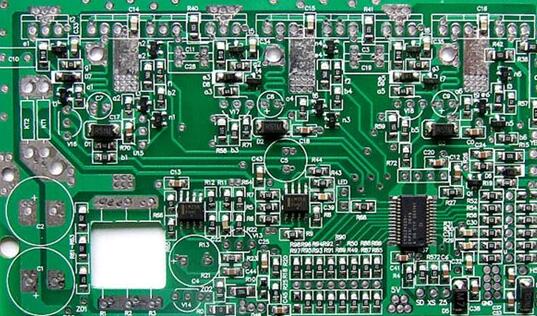Related analysis of PCB technology
No matter how careful the analyst is in establishing thermal models for electronic devices, PCBs and electronic components, the accuracy of thermal analysis ultimately depends on the accuracy of the component power consumption provided by the PCB designer. In many applications, weight and physical size are very important. If the actual power consumption of the component is small, the safety factor of the design may be too high, so that the PCB design uses the power consumption value of the component that does not match the actual or is too conservative. Thermal analysis, on the contrary (and more serious at the same time), is that the thermal safety factor is designed to be too low, that is, the actual operating temperature of the component is higher than the analyst predicts. Such problems generally require the installation of heat sinks or fans Cool the PCB to solve it. These external accessories increase the cost and prolong the manufacturing time. Adding a fan to the design will also bring a layer of instability to the reliability. Therefore, the PCB now mainly adopts active rather than passive cooling methods (such as natural convection, conduction, and Radiation heat dissipation) to make the components work in a lower temperature range.
Poor thermal design will eventually increase the cost and reduce the reliability. This can happen in all PCB designs. It takes some effort to accurately determine the power consumption of the components, and then conduct PCB thermal analysis, which will help produce compact and functional products. Strong product. Accurate thermal models and component power consumption should be used to avoid reducing PCB design efficiency.

4.1 Calculation of component power consumption
Accurately determining the power consumption of PCB components is an iterative process. PCB designers need to know the component temperature to determine the power loss, and thermal analysts need to know the power loss so that it can be input into the thermal model. The designer first guesses the working environment temperature of a component or obtains an estimated value from the preliminary thermal analysis, and inputs the component power consumption into the detailed thermal model to calculate the temperature of the "junction" (or hot spot) of the PCB and related components, The second step uses the new temperature to recalculate the component power consumption, and the calculated power consumption is used as the input for the next thermal analysis process. In an ideal situation, the process continues until the value no longer changes.
However, PCB designers are usually under pressure to complete tasks quickly, and they do not have enough time for the time-consuming and repetitive work to determine the electrical and thermal properties of components. A simplified method is to estimate the total power consumption of the PCB as a uniform heat flux that acts on the entire PCB surface. Thermal analysis can predict the average ambient temperature, allowing designers to calculate the power consumption of components, and to know whether other work needs to be done by further recalculating the component temperature.